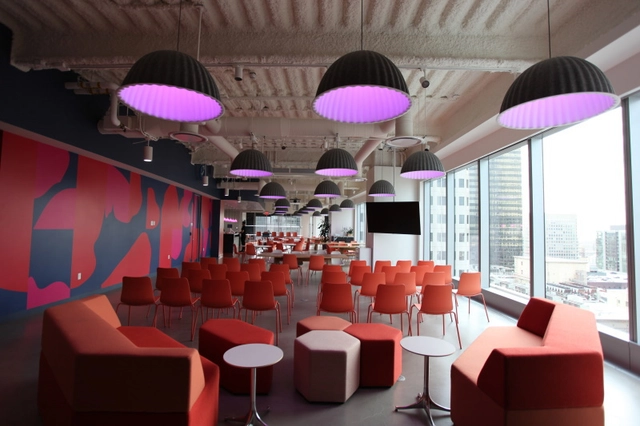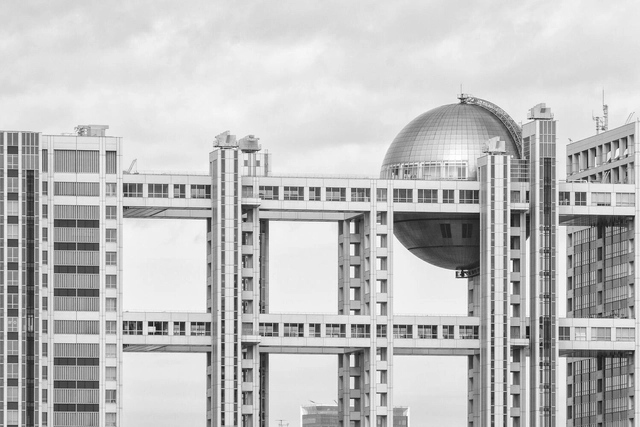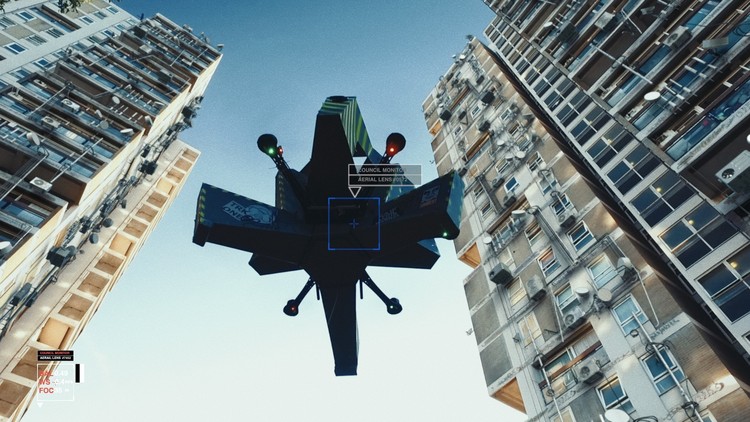
As the world witnesses an unprecedented exodus from rural to urban areas, cities face a monumental challenge: how to accommodate a constantly growing population? This phenomenon, characterized by rapid population growth and increasing density, puts pressure on resources, infrastructure, and urban services. As significant problems demand even larger solutions, it becomes necessary, more than ever, to rethink the tools at our disposal. In this challenging context, the rise of emerging technologies such as the Internet of Things (IoT), data analytics, and artificial intelligence (AI) presents itself as a light at the end of the tunnel. These technologies, initially conceived to simplify everyday tasks and facilitate communication, are potential instruments that enable an effective response to contemporary urban challenges.


































.jpg?1643423986)
.jpg?1643425181)
_V%C3%ADctor_Pati%C3%B1o_George.jpg?1643424298)





.jpg?1625518957&format=webp&width=640&height=580)
.jpg?1625519477)
.jpg?1625519474)
.jpg?1625518958)
.jpg?1625519242)
.jpg?1625518957)








_Roman_Keller.jpg?1623778755)
_courtesy_ICD_ITKE.jpg?1623779114)
_courtesy_Professor_XU_Weiguo's_Team_02.jpg?1623779045)





















